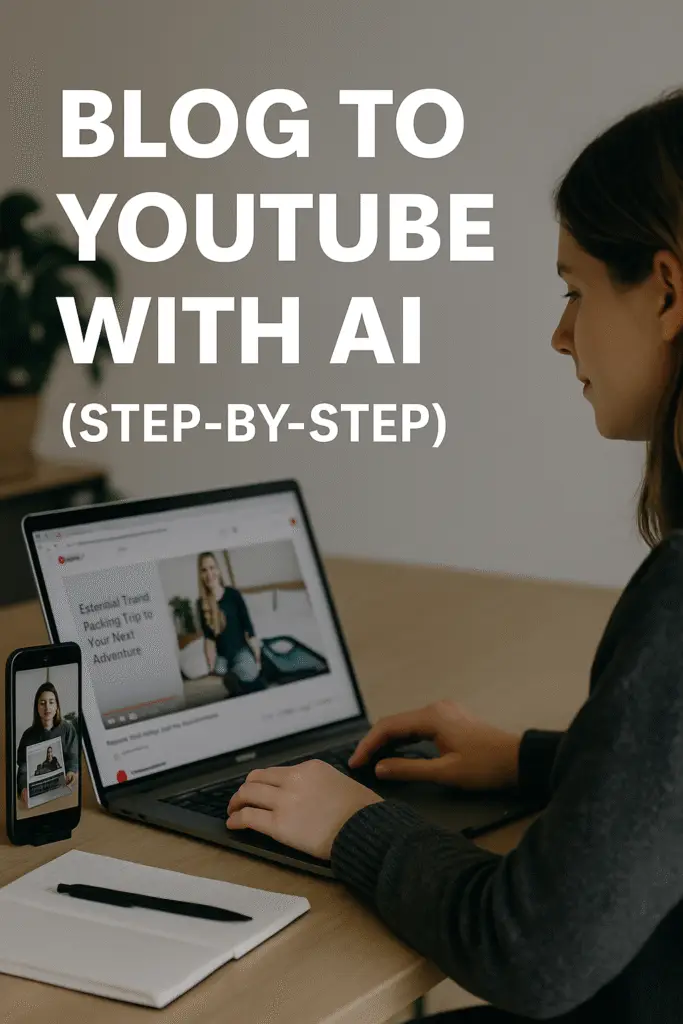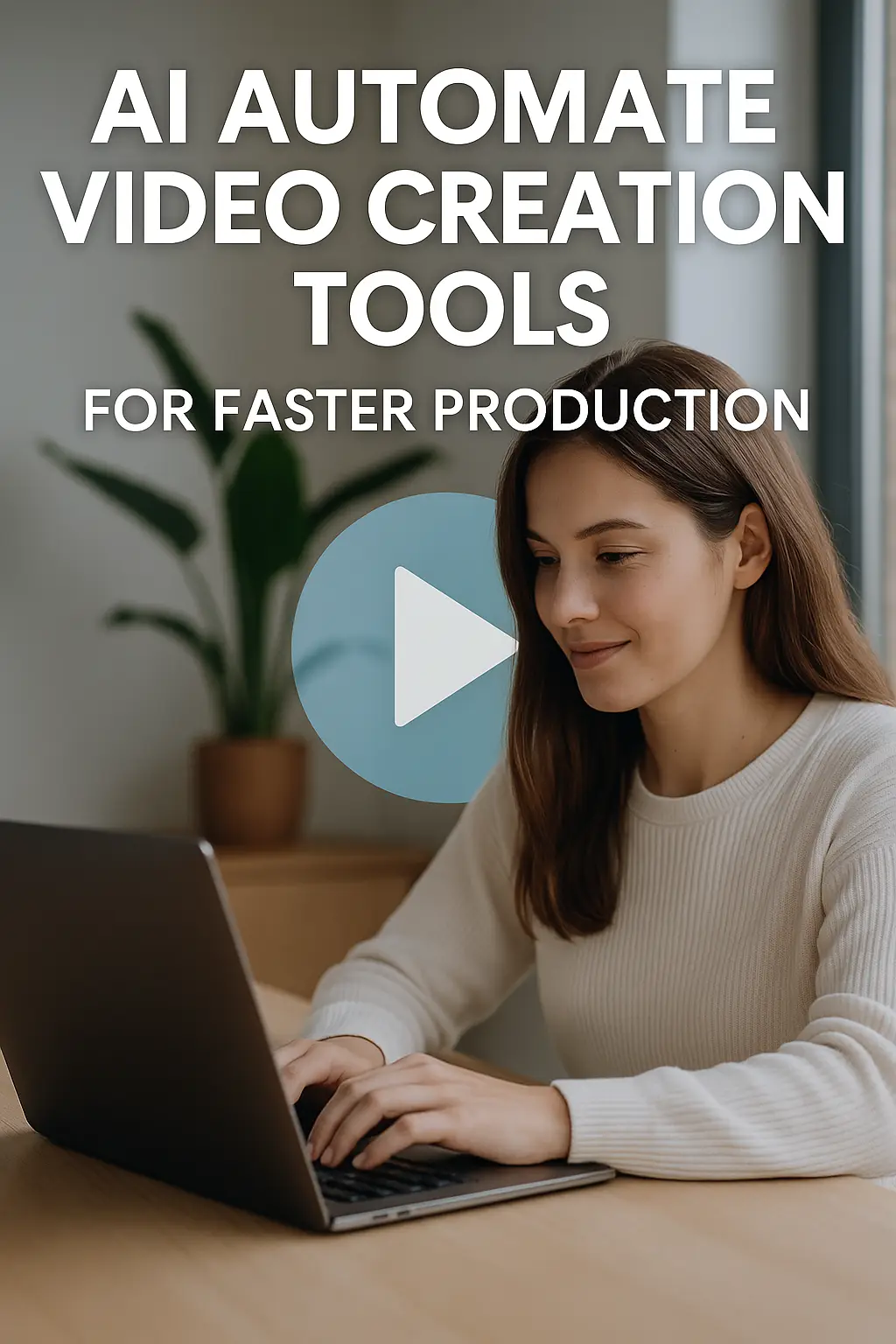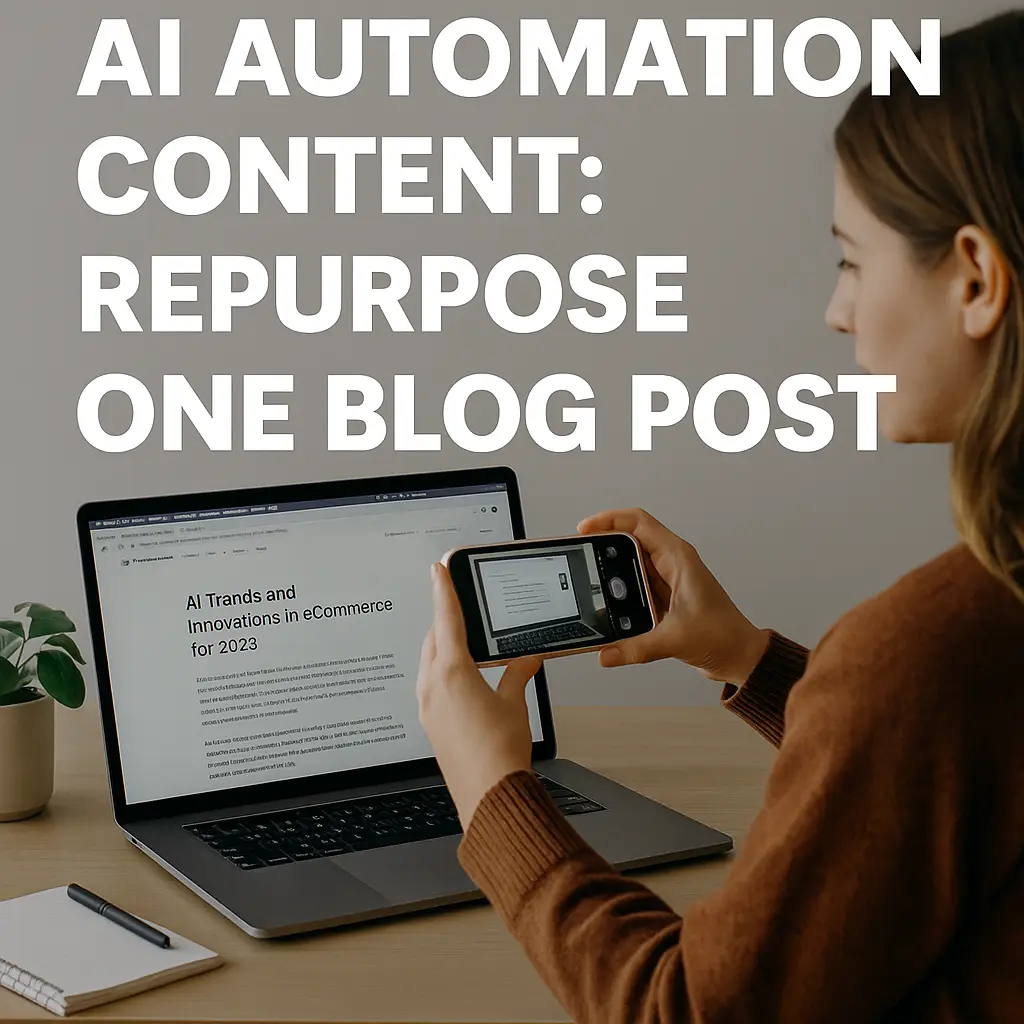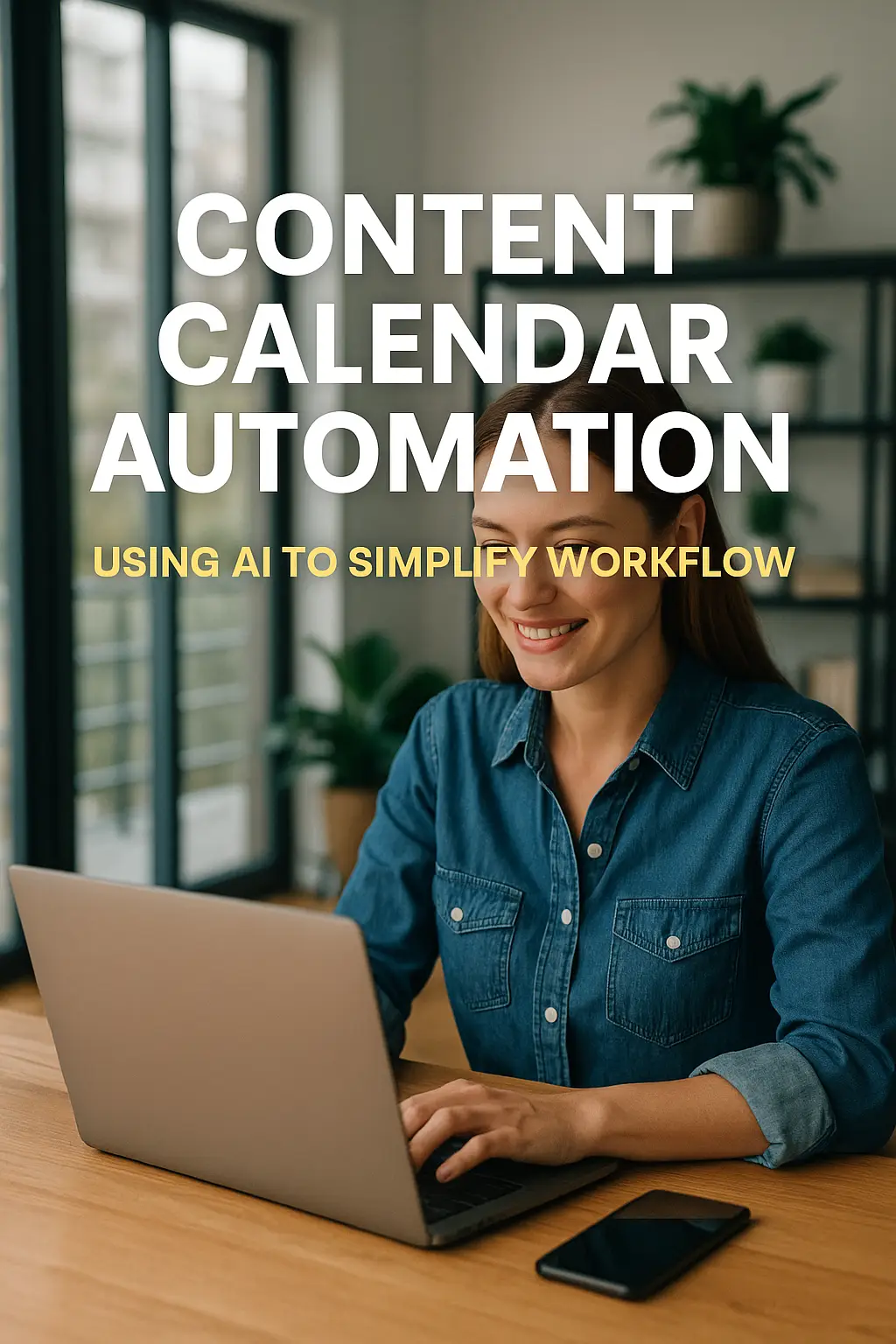Want to turn your blog into video content without reinventing the wheel? This guide breaks down how to use blog to YouTube AI workflows to automate scriptwriting, voiceovers, visuals, and video production, perfect for solo creators and content marketers.
1. Choose a High-Performing Blog to YouTube AI Post
Pick a blog post that already performs well in search. Evergreen topics work best. Use Google Analytics to find posts with high traffic and engagement. Ideal post length: 800–1,500 words.
Why Picking the Right Post Matters
Starting with a strong blog post means your video has a better chance of ranking and engaging viewers. Good content leads to good scripts and ultimately better videos.
2. Generate a Blog to YouTube AI Video Script with AI
Use ChatGPT, Jasper, or Pictory to convert your blog into a video script. Prompt the tool to extract an engaging intro, 3–4 main points, and a call to action. Keep each idea short, ideal for video pacing.
Script Writing Tips for Engaging Videos
Keep the script conversational and to the point. Focus on key takeaways, and avoid lengthy explanations that don’t translate well to video format.
3. Use AI Voiceover Tools
Turn the script into a voiceover using tools like ElevenLabs, Fliki, or Pictory. Choose a tone that fits your brand—professional, conversational, or upbeat. Export it in MP3 format.
4. Generate Video Visuals Automatically
Tools like Pictory and Fliki can match your voiceover to relevant visuals—stock footage, text overlays, and animations. You can also use Canva or CapCut if you want more creative control.
Visual blog to YouTube AI Strategies to Boost Engagement
Use clear, relevant images and short clips to complement your voiceover. Text overlays highlighting key points help reinforce your message.
5. Sync, Edit, and Export Your Video
Combine your voiceover and visuals into a complete video. Add transitions, captions, and background music. Keep videos under 5 minutes for best viewer retention. Export in 1080p resolution.
6. Upload to YouTube with SEO
Use your keyphrase blog to YouTube AI in the video title and description. Include the original blog URL. Add tags, a custom thumbnail, and timestamps. YouTube’s algorithm loves fresh, keyword-rich content.
SEO Tips for Video Success
Write clear, concise descriptions with your keyphrase in the first 2 sentences. Use relevant tags and add chapters for improved watch time and discoverability.





